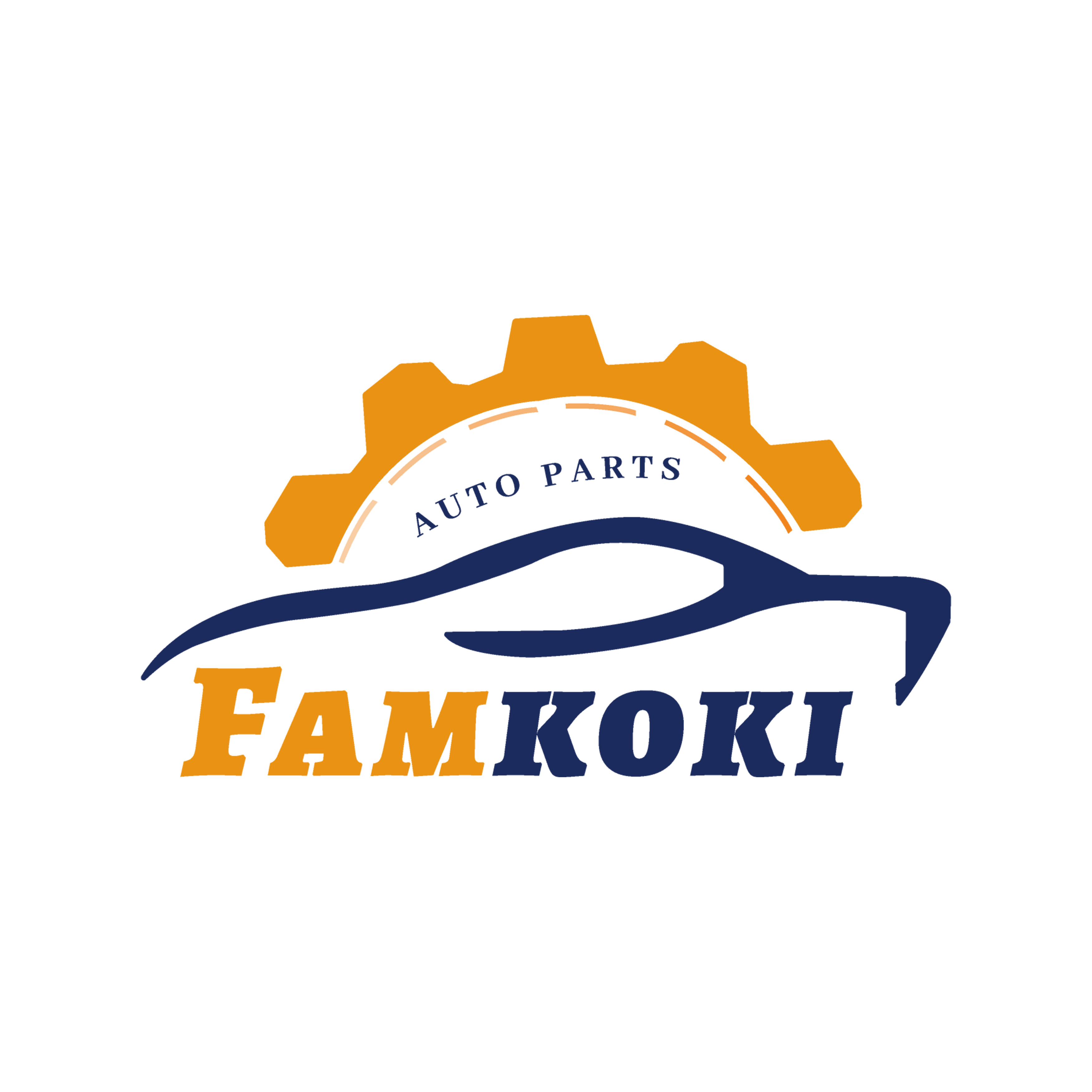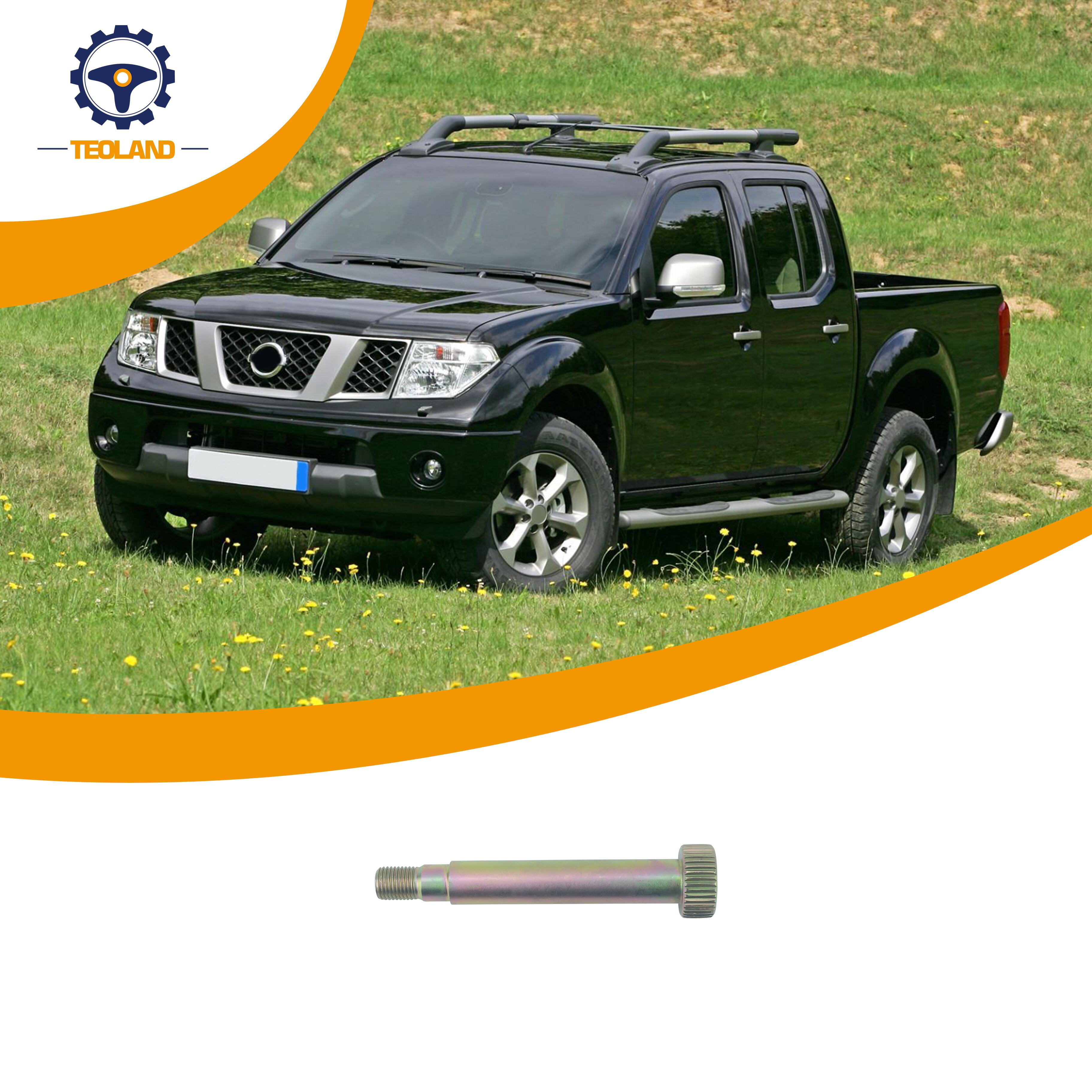Core Function and Mechanical Role of Wheel Hub Assemblies
Understanding the Core Function of the Wheel Hub Assembly in Vehicle Operation
The wheel hub assembly serves as the critical interface between a vehicle's suspension and its wheels, bearing the vehicle's weight while transmitting driving torque and braking forces. Its precision-machined surfaces ensure secure wheel mounting and support sensor integration, enabling reliable power transfer across diverse driving conditions.
Role of Wheel Bearings in Enabling Smooth Wheel Rotation
The sealed roller bearings inside the assembly do a great job reducing friction where the stationary axle meets the spinning wheel. These parts deal with all sorts of forces - they take on the weight of the vehicle as radial load and also manage those sideways pressures when making turns. Under good operating conditions, these bearings create really low friction levels, sometimes dropping below 0.0015 coefficient. But things get messy when dirt gets in there or when lubrication isn't right. When that happens, rolling resistance jumps up around 60% or so, which means worse gas mileage and definitely poorer handling characteristics for anyone driving the vehicle.
Integration With Suspension, Braking, and Steering Systems
The hub assembly acts as a central nexus for three major systems:
- Suspension: Mounting points transfer vertical forces through control arms
- Braking: Rotor surfaces ensure precise caliper alignment
- Steering: Knuckle attachments maintain wheel geometry during directional changes
This integration enables coordinated response to driver inputs, with tolerances under 0.1mm ensuring accurate component alignment.
How Modern Hub Assemblies Support Multi-System Coordination
Modern vehicle designs now include ABS sensor rings and traction control triggers right within the wheel hub itself. According to research published by SAE in 2023, cars equipped with these integrated sensors saw a reduction of around 28 percent in those annoying false stability control activations that happen so often with after-market systems. The benefit here is pretty straightforward actually the immediate access to accurate data allows for much quicker responses when it comes to adjusting brakes or distributing power across wheels. This kind of setup isn't just convenient either it lays down some serious groundwork for all sorts of advanced driver assistance features we're seeing become standard nowadays.
Wheel Hub Assemblies as Critical Components for Vehicle Safety
Safety Risks Associated With Damaged or Failing Wheel Hub Assemblies
Failing wheel hub assemblies pose significant safety risks, particularly in electric vehicles (EVs), which experience 23% higher torque loads than internal combustion engine vehicles. Cracks in bearing races or compromised seals can escalate into complete hub failure within 500–1,000 miles if not addressed.
Consequences of Wheel Detachment Due to Hub Failure
Catastrophic hub failures may result in wheel separation at highway speeds, contributing to 4.1% of single-vehicle crashes according to NHTSA collision data. Corrosion-resistant designs meeting ASTM G85 salt spray standards reduce detachment risk by 38%.
Impact of Hub Assembly Failure on Steering Control and Driving Stability
Even minor wear introduces micrometer-level play in wheel positioning, leading to:
- 12–15% reduction in steering responsiveness
- Irregular tire contact patches that heighten hydroplaning risk
- Accelerated wear of suspension bushings and CV joints
OEM vs. Aftermarket Hub Assemblies: Evaluating Safety and Reliability Differences
OEM hub assemblies demonstrate 30% longer service life in durability testing, with precision-machined sensor surfaces ensuring consistent ABS signal accuracy. Aftermarket units show 2.7 times more frequent failures in sub-freezing conditions, based on T&ÜV Rheinland validation protocols.
Enabling Advanced Driver Assistance Systems (ADAS) Through Reliable Hub Performance
Connection Between Wheel Hub Assemblies and Wheel Speed Sensors
Modern hub assemblies incorporate integrated encoder rings that interface directly with wheel speed sensors, providing the foundational data for ADAS functions. These components measure rotational speed with 0.1° angular resolution per SAE J2735-2024, supporting over 200 data points per second for systems like traction control and automatic emergency braking.
Importance of Hub Integrity for Anti-Lock Braking System (ABS) Functionality
Worn hubs disrupt sensor signals, degrading ABS performance. A 2024 NHTSA study revealed that vehicles with deteriorated hub assemblies require 22% longer stopping distances on wet pavement compared to well-maintained ones. The table below outlines key performance impacts:
| Hub Condition | ABS Activation Delay | Braking Distance Increase |
|---|---|---|
| New | 0 ms | 0% |
| Worn | 18 ms | 12% |
| Damaged | 47 ms | 29% |
Role of Hub Assemblies in Supporting Traction and Electronic Stability Control
Precision machining ensures consistent air gaps (0.3–0.7mm) between sensors and magnetic encoder rings—critical for stability control systems capable of applying 1,500 N·m of corrective torque within 0.8 seconds. Industry analyses indicate that 34% of ESC-related false activations stem from hub wear exceeding 0.2mm radial play.
Case Study: Diagnosing ABS Malfunction Caused by a Faulty Hub Sensor Ring
A 2023 technical bulletin detailed random ABS activations in a fleet of electric SUVs. Diagnosis identified hub-mounted sensor rings with 0.15mm radial runout beyond specifications, causing erroneous speed readings. Replacing the hubs reduced error codes by 93% and improved regenerative braking efficiency by 6% due to more accurate speed data.
Performance Impacts of Worn or Failing Wheel Hub Assemblies
Effects of Worn Hubs on Steering Precision and Braking Efficiency
When hub assemblies start to break down, they mess up steering because the wheels move around too much. This usually causes about 5 to 10 degrees of unwanted alignment shift when driving on highways. Worn bearings send vibrations up through the steering column while braking, which makes it harder to keep going straight on wet roads. Drivers might notice this as their car pulling to one side or feeling less stable. The problem gets worse when stopping suddenly at 60 miles per hour speeds. In these situations, cars with bad hubs can take anywhere from 12 to even 18 extra feet to come to a complete stop because the brake rotors aren't making proper contact across their entire surface area.
How Hub Condition Influences Tire Wear and Alignment Stability
Partial bearing seizures cause tires to scrub laterally, accelerating shoulder wear by up to 300%. Flange deformation leads to feathering patterns across tread blocks within 5,000 miles. A hub face runout exceeding 0.04" exceeds most OEM tolerances, inducing camber shifts that degrade handling predictability.
Increased Rolling Resistance and Reduced Fuel Efficiency Due to Failing Hubs
Seized bearings increase rolling resistance by 18–22%, equivalent to driving with underinflated tires. This drag contributes to a 2–5% drop in fuel economy in fleet operations, as confirmed by drivetrain efficiency studies.
Trend: Rising Incidence of Premature Hub Wear in High-Mileage Electric Vehicles
EVs subject wheel bearings to 40% greater stress due to high instantaneous torque, with hub assemblies failing between 65,000–80,000 miles in 23% of high-performance models. This aligns with industry benchmarks showing a 15–20% shorter bearing lifespan in EVs producing over 450 lb-ft of torque.
Diagnosis and Maintenance: Ensuring Long-Term Wheel Hub Reliability
Common Symptoms of Failing Wheel Hub Assemblies
When a car starts making that constant hum while speeding up, the steering wheel starts shaking, or the ABS system goes nuts for no reason, these are pretty clear signs something's wrong with the hubs. According to mechanics across the country, about 6 out of 10 wheel bearing failures actually come from worn hubs that nobody caught early enough (NASE, 2023 study). There are other red flags too. If tires start wearing down unevenly or there's visible side-to-side movement when lifting the wheel off the ground, that's another bad sign. Most drivers don't realize how important regular checks can be until they're stuck on the side of the road with a blown bearing.
Diagnostic Techniques Using Noise, Vibration, and Data Logging Tools
Modern diagnostics involve a three-phase approach:
- Road testing with electronic listening devices to isolate bearing noise frequencies
- Vibration analysis using accelerometers to detect abnormal resonance patterns
- Data interpretation from onboard systems to cross-check wheel speed sensor outputs
A 2023 study on predictive maintenance strategies found vibration analysis detects 89% of hub defects before visible damage appears.
Cost-Benefit of Proactive Replacement vs. Reactive Repair
| Approach | Average Cost | Failure Risk | Downtime |
|---|---|---|---|
| Proactive | $200–$400 | <5% | 2 hours |
| Reactive | $600–$1,200 | 85%+ | 48+ hours |
Proper maintenance reduces drivetrain warranty claims by 34%, according to OEM data.
Recommended Inspection Intervals by Vehicle Type and Driving Conditions
| Vehicle Class | Normal Use | Severe Conditions* |
|---|---|---|
| Compact Sedan | 30,000 miles | 15,000 miles |
| Full-Size Truck | 25,000 miles | 12,000 miles |
| Performance EV | 20,000 miles | 10,000 miles |
*Includes frequent towing, off-road use, or extreme temperatures. The 2024 Automotive Maintenance Report emphasizes adjusting intervals using telematics data from connected vehicles.
FAQ
How do I know if my wheel hub assembly is failing?
Common signs include a constant humming noise while driving, steering wheel vibrations, unexplained ABS activations, uneven tire wear, or visible side-to-side wheel movement when lifted off the ground.
Should I choose OEM or aftermarket wheel hub assemblies?
OEM assemblies generally offer longer service life and reliability, especially under extreme conditions like sub-freezing temperatures compared to aftermarket options.
What are the costs associated with wheel hub assembly maintenance?
Proactive replacement costs range from $200-$400, with less than a 5% risk of failure, whereas reactive repair can cost $600-$1,200 with over 85% risk of failure and significant downtime.
What impact does a failing wheel hub assembly have on vehicle safety?
Failing assemblies can lead to reduced steering responsiveness, increased risk of hydroplaning, wheel detachment, and compromised braking efficiency.
Table of Contents
- Core Function and Mechanical Role of Wheel Hub Assemblies
- Wheel Hub Assemblies as Critical Components for Vehicle Safety
- Enabling Advanced Driver Assistance Systems (ADAS) Through Reliable Hub Performance
- Performance Impacts of Worn or Failing Wheel Hub Assemblies
- Diagnosis and Maintenance: Ensuring Long-Term Wheel Hub Reliability
- FAQ
 EN
EN
 AR
AR
 FR
FR
 KO
KO
 PT
PT
 RU
RU
 ES
ES


